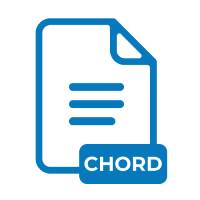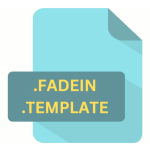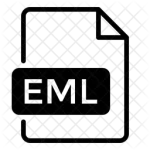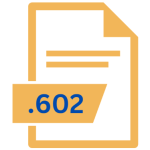.CHORD File Extension

Song Chords File
| Developer | N/A |
| Popularity | |
| Category | Text Files |
| Format | .CHORD |
| Cross Platform | Update Soon |
What is an CHORD file?
The .CHORD file extension is associated with chord files used primarily in music software applications.
These files contain chord data, such as chord names, structures, and progressions, used in creating or analyzing musical compositions.
More Information.
The history of the .CHORD file dates back to the early days of digital music production. Its initial purpose was to provide a simple, text-based format for storing chord information, which could be used for educational purposes, music composition, and software development in the field of music theory and analysis.
Origin Of This File.
The .CHORD file format originated from the need to digitally represent chord structures in a standardized format that could be easily interpreted by various music software programs.
It was developed to streamline the process of sharing and editing musical chord progressions between different platforms and applications.
File Structure Technical Specification.
A .CHORD file typically follows a simple text-based structure, where each line represents a different chord. The file may include metadata such as tempo, key signature, and time signature.
The chords are usually represented by their root note and quality (major, minor, etc.), and sometimes by their exact voicings or finger positions.
How to Convert the File?
Converting CHORD files into other formats like MIDI, PDF, or music notation files can be achieved using various software tools on different operating systems.
Here’s a guide for each major platform:
Windows
- Using Music Software: Programs like Guitar Pro, MuseScore, or Sibelius can open CHORD files. Once opened, these programs typically offer options to export the file in different formats like MIDI, PDF, or MusicXML.
- Online Converters: If you prefer not to install software, online conversion tools can be a convenient alternative. Simply upload the CHORD file and choose the desired output format.
Linux
- Music Applications: Open-source software like MuseScore is available for Linux. It can open CHORD files and export them in various formats.
- Command Line Tools: Advanced users can use command-line tools (if available for specific file types) to convert files.
Mac
- Music Software: Mac users can utilize programs like GarageBand, MuseScore, or Logic Pro to open CHORD files. These applications often have export functions to convert files into different formats.
- Automator Scripts: For repetitive tasks, Mac users can create Automator scripts to automate the conversion process, especially if dealing with multiple files.
Android
- Music Reader Apps: Some Android apps designed for musicians can open CHORD files and may offer export or conversion options.
- Online Services: Using a web browser on your Android device, access online file conversion tools to convert CHORD files to the desired format.
iOS
- iOS Music Apps: Applications like forScore or GarageBand for iOS might be able to open CHORD files and offer conversion or export options.
- Online Conversion Tools: Like with Android, iOS users can also use online conversion services through a web browser.
Advantages And Disadvantages.
Advantages:
- Universality: Easily readable and writable by both humans and software.
- Compatibility: Can be used across various platforms and music software.
- Simplicity: Straightforward format that focuses on chord information.
Disadvantages:
- Limited Information: Only stores basic chord data, lacking the nuances of actual audio or sheet music.
- No Standardization: Variations in format might exist between different software.
How to Open CHORD?
Open In Windows
- Text Editors: Basic CHORD files can be opened with text editors like Notepad or Notepad++. This will show the raw data but won’t interpret the musical information.
- Music Software: To utilize the musical information, use software like Guitar Pro, MuseScore, or similar programs that can interpret CHORD files.
Open In Linux
- Text Editors: Use text editors like Gedit or Kate for a basic view.
- Music Applications: Programs like TuxGuitar, MuseScore, or other Linux-compatible music software can open and interpret CHORD files.
Open In MAC
- Text Editors: Simple text editors such as TextEdit can be used for a raw view.
- Music Software: Mac users can use applications like GarageBand, Logic Pro, or MuseScore to open and work with CHORD files.
Open In Android
- File Browsers and Text Editors: Use a file browser to locate the CHORD file and open it with a text editor app.
- Music Apps: There are specific Android apps designed for musicians that can open and interpret CHORD files, such as MobileSheets or SongBook.
Open In IOS
- Text Viewing: iOS’s built-in file browser can be used to view the contents of a CHORD file.
- Music Apps: iOS apps like forScore or GuitarTapp PRO can open CHORD files for practical use in music production or practice.
Open in Others
For other devices or platforms:
- Text Viewers: Any basic text viewer can open CHORD files to view the content.
- Specialized Software: Depending on the platform, you may find specific music software or apps capable of interpreting the CHORD format. In some cases, you might need to convert the CHORD file into a more universally compatible format like PDF or MIDI.













